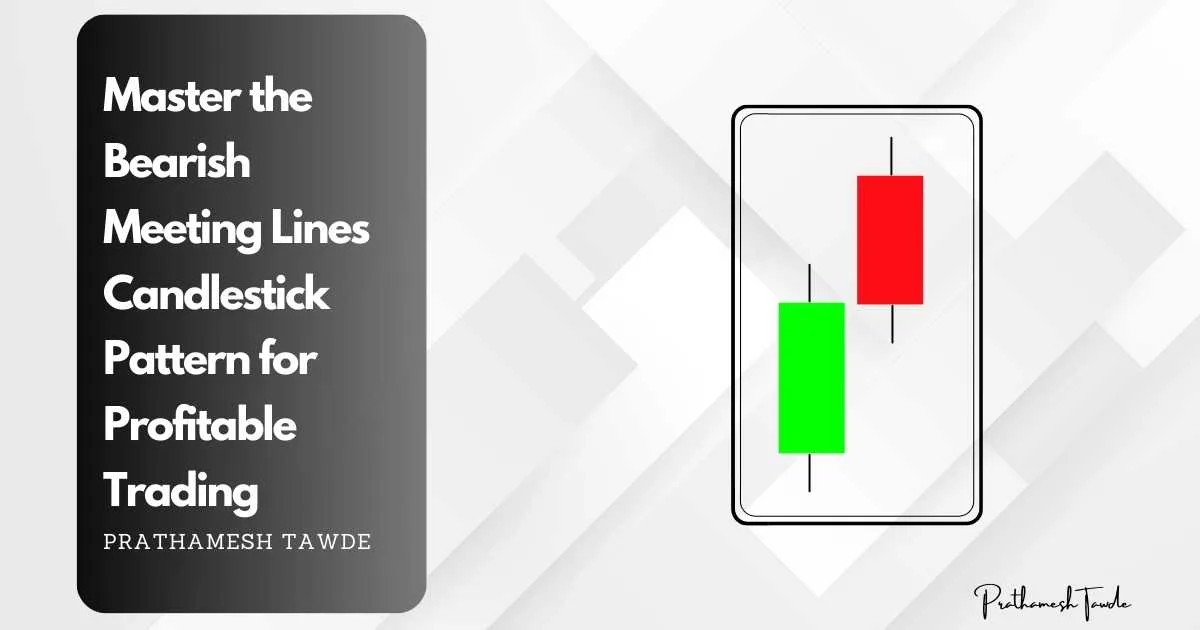Discover the Diamond Bottom Pattern: A Trading Guide
- Prathamesh Tawde
- December 16, 2023
Introduction
Chart patterns are crucial in technical analysis. They help traders predict future prices using past data. One such intriguing pattern is the diamond bottom chart pattern. This guide will delve into what this pattern is. It covers how to spot and trade it. It also explains why it matters in trading.
What is a Diamond Bottom Chart Pattern?
The diamond bottom chart pattern is rare but powerful. It signals the end of a downtrend and the start of an upward price movement. It gets its name from the distinctive diamond shape formed during its development. Investors know the pattern for its ability to state a strong bullish reversal. This makes it a valuable tool for traders looking to profit from market reversals.
Formation of the Diamond Bottom Pattern
The diamond bottom forms in stages. It starts with a downtrend. The pattern widens as the price action continues, creating a broadening formation. A narrowing phase follows this. The price movement becomes more constricted, leading to a breakout. This breakout signifies a shift from bearish to bullish market sentiment.
Identifying the Diamond Bottom Pattern
Initial Downtrend
The pattern starts with a clear downtrend. Sellers dominate and push prices down.
Broadening Formation
Next, the price begins to oscillate more widely, creating higher highs and lower lows. This phase looks like an upside-down triangle on the chart.
Narrowing Formation
After the broadening phase, the price movement tightens. It forms lower highs and higher lows. This leads to a narrowing of the price range.
Breakout Signal
The pattern is complete when the price breaks out. It must break out above the upper trendline of the narrowing phase. This breakout is accompanied by increased trading volume, confirming the reversal.
Why the Diamond Bottom Pattern Matters
The diamond bottom pattern is significant because it often precedes large price reversals. This pattern helps traders predict market shifts. This gives them chances to enter long positions at the start of an uptrend.
Psychology Behind the Diamond Bottom Pattern
Understanding the trader’s sentiment behind the diamond bottom pattern can enhance its effectiveness. Initially, the broadening phase reflects market indecision and volatility. The narrowing pattern shows that sentiment and volatility are consolidating. This sets the stage for a clear breakout. A shift in market psychology from bearish to bullish will drive it.
Diamond Bottom Pattern vs. Other Patterns
Diamond Bottom Pattern vs Diamond Top Pattern
The diamond bottom signals a downtrend to an uptrend. But, the diamond top pattern means the opposite: an uptrend to a downtrend. Both patterns share similar structures but occur in different market contexts.
Diamond Bottom Pattern:
Trend Reversal: Indicates a reversal from a downtrend to an uptrend.
Formation Stages: It starts with a downtrend. Then, comes a broadening phase, followed by a narrowing phase. Finally, there is a breakout to the upside.
Market Sentiment: Reflects a shift from bearish to bullish sentiment among traders.
Breakout Direction: Breakout occurs above the upper trendline of the narrowing phase.
Volume Confirmation: Volume typically increases during the breakout, confirming the reversal.
Trader Strategy: Traders look to enter long positions when the breakout is confirmed.
Indicator Compatibility: Works well with technical indicators like moving averages, RSI, and volume analysis.
Trading Opportunities: Provides buying opportunities at the end of a downtrend.
Diamond Top Pattern:
Trend Reversal: It indicates a reversal from an uptrend to a downtrend.
Formation Stages: It starts with an uptrend. Then, there is a broadening phase, followed by a narrowing phase. Finally, there is a breakout to the downside.
Market Sentiment: Reflects a shift from bullish to bearish sentiment among traders.
Breakout Direction: Breakout occurs below the lower trendline of the narrowing phase.
Volume Confirmation: Volume typically increases during the breakout, confirming the reversal.
Trader Strategy: Traders look to enter short positions when the breakout is confirmed.
Indicator Compatibility: Works well with technical indicators like moving averages, RSI, and volume analysis.
Trading Opportunities: Provides selling opportunities at the end of an uptrend.
Diamond Bottom Pattern vs Head and Shoulders Pattern
The head and shoulders pattern has three peaks (the head and shoulders). The diamond bottom does not follow this structure. The diamond pattern’s unique broadening and narrowing phases set it apart.
Diamond Bottom Pattern:
Trend Reversal: Indicates a reversal from a downtrend to an uptrend.
Formation Stages: It starts with a downtrend. Then comes a broadening phase, followed by a narrowing phase. Finally, there is a breakout to the upside.
Shape: Forms a diamond-like shape due to the widening and then narrowing price action.
Breakout Direction: Breakout occurs above the upper trendline of the narrowing phase.
Volume Confirmation: Volume typically increases during the breakout, confirming the reversal.
Market Sentiment: It reflects a shift from bearish to bullish sentiment among traders.
Trading Strategy: Traders confirm the breakout to enter long positions.
Indicator Compatibility: Often used with moving averages, RSI, and volume analysis for confirmation.
Frequency: Considered a rare pattern compared to other reversal patterns.
Head and Shoulders Pattern:
Trend Reversal: Indicates a reversal from an uptrend to a downtrend.
Formation Stages: Consists of three peaks: a higher middle peak (head) between two lower peaks (shoulders).
Shape: Forms a distinctive pattern with three peaks and two troughs between them.
Breakout Direction: Breakout occurs below the neckline (a line drawn through the troughs).
Volume Confirmation: Volume often decreases as the pattern forms and then increases during the breakout.
Market Sentiment: Reflects a shift from bullish to bearish sentiment among traders.
Trading Strategy: Traders enter short positions when they confirm the breakout.
Indicator Compatibility: Commonly used with trendlines, volume analysis, and other momentum indicators.
Frequency: One of the most well-known and frequently occurring reversal patterns.
Technical Indicators Supporting the Diamond Bottom Pattern
Moving Averages
Moving averages can help confirm the pattern by indicating the overall trend direction. Shorter-term moving averages have crossed above longer-term ones. This can support a bullish breakout.
Volume Analysis
Volume analysis is crucial in confirming the breakout. Volume increasing during the breakout strengthens the pattern.
Steps to Trade the Diamond Bottom Pattern
Recognizing the Pattern
The first step is accurately identifying the pattern on your chart. Look for the characteristic broadening and narrowing phases following a downtrend.
Entry Points
Buy when the price breaks above the upper trendline of the narrowing phase. Ideally, do this with a higher volume.
Setting Stop-Loss Levels
Set stop-loss orders below the formation’s lowest point. This manages risk in case the pattern fails.
Determining Profit Targets
Calculate profit targets. Base them on the height of the pattern. Measure from its lowest to highest points. Project this distance upwards from the breakout point.
Common Mistakes to Avoid
Misidentifying the Pattern
Ensure the pattern fits the exact criteria of a diamond bottom. Mistaking other formations for the diamond bottom can lead to erroneous trades.
Ignoring Volume Confirmation
Volume plays a crucial role in confirming the breakout. Ignoring volume spikes can lead to false breakouts and potential losses.
Overlooking Market Context
Consider the broader market context. External factors and overall market sentiment can influence the success of the pattern.
Case Studies of Successful Diamond Bottom Trades
Historical Examples
Reviewing historical charts is valuable. They show where the diamond bottom pattern predicted reversals. Analyze the conditions leading to the pattern and the later price movements.
Analysis of Outcomes
Examine how the pattern played out in various markets. Look at the entry and exit points, volume changes, and market conditions.
Tools and Resources for Identifying Diamond Bottom Patterns
Charting Software
Use advanced charting software like TradingView that provides tools for pattern recognition.
Trading Platforms
Choose trading platforms with robust technical analysis tools. These platforms often offer built-in pattern recognition features.
Advanced Strategies for Trading the Diamond Bottom Pattern
Using Leveraged Instruments
For experienced traders, using leveraged instruments like options or futures can amplify gains. However, be aware of the increased risk.
Risk Management in Diamond Bottom Pattern Trading
Importance of Risk Management
Effective risk management is crucial in trading. Always use stop-loss orders and position sizing to protect your capital.
Techniques for Managing Risk
Use techniques such as trailing stops, diversification, and regular plan reviews. They help manage risk well.
Conclusion
The diamond bottom chart pattern is a powerful tool. Traders use it to profit from market reversals. Traders can improve their chances of success by understanding how the market forms. They can do this by identifying its key traits. They can also use sound trading strategies to their advantage. Always remember to confirm the pattern with indicators. Also, manage your risk well.
FAQ's
A diamond bottom pattern is a rare chart pattern. It signals a downtrend reversing to an uptrend. It shows a big change in direction. It forms a diamond-like shape on the price chart. It starts broad, then narrows.
To find a diamond bottom pattern, look for a downtrend. A broadening phase follows, with higher highs and lower lows. Then, a narrowing phase comes with lower highs and higher lows. The pattern ends with a breakout. This breakout is above the upper trendline of the narrowing phase. It is usually confirmed by increased volume.
The diamond bottom pattern helps traders identify potential market reversals. It allows them to enter long positions at the start of a new uptrend. Recognizing this pattern can lead to profitable trading opportunities.
The diamond bottom pattern is considered reliable. It’s especially trustworthy. This is true when other indicators confirm it. These indicators include moving averages, RSI, and volume. However, all patterns are not foolproof. You should use them with sound risk management.
Yes, new traders can trade the diamond bottom pattern. However, they should ensure they fully understand how it forms and use proper risk management. Using charting software and educational resources can help beginners. They can accurately identify and trade this pattern.
Yes, trading the diamond bottom pattern has specific risks. These include false breakouts and misidentification of the pattern. Traders should confirm the pattern with more indicators. They should also use strict risk management to reduce these risks.

I’m Prathamesh Tawde, a leading figure in the dynamic world of financial markets. Born on March 30, 1986, in the vibrant city of Thane, Maharashtra, I’ve nurtured a profound passion for technical analysis and a commitment to guiding individuals toward successful trading journeys. With a mission to empower and educate, I’ve carved a distinct niche as a content creator, educator, and mentor.





